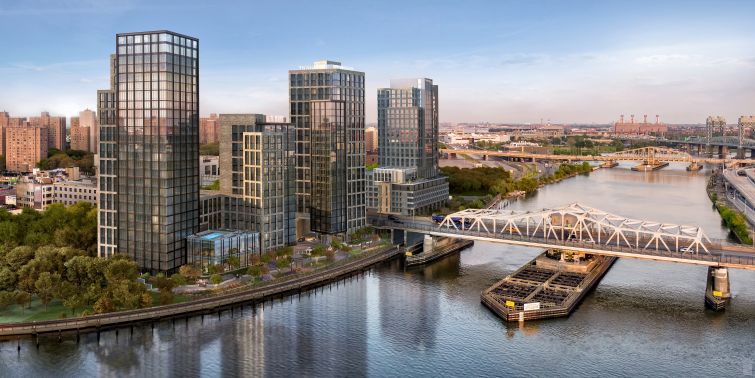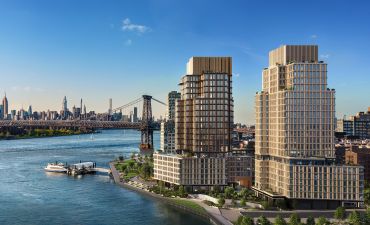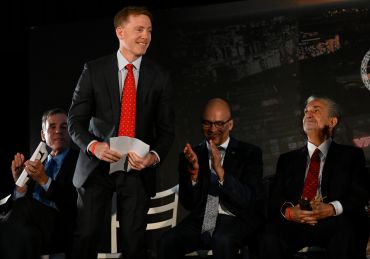Majority of Housing Produced by 421a Served Higher Incomes, Report Finds
By Rebecca Baird-Remba June 30, 2022 7:04 pm
reprints
More than 60 percent of apartments created by the most recent version of the 421a tax break served families making six figures, according to a report released this week by the New York City Independent Budget Office (IBO).
The IBO found that developers who received only 421a benefits in the past five years under Affordable New York — which then-Gov. Andrew Cuomo signed into law in 2017 after the previous version of 421a expired — mainly built middle-income housing. Sixty-one percent of the apartments went to residents making 125 to 165 percent of the Area Median Income, or $138,000 to $176,000 for a family of two in the city, according to the report. Only 30 percent went towards low-income households, roughly $53,000 to $85,000 for a family of two.
However, Affordable New York buildings that received additional subsidies produced significantly more apartments for poor and working-class New Yorkers. IBO found that 21 percent of buildings developed under the program, or 23 properties, received both 421a and some combination of city capital funding, loans, tax credits, grants or public land. These developments resulted in 283 moderate-income apartments ($85,000 to $138,000 for a family of two), 1,649 low-income apartments, 440 very low-income apartments ($32,000 to $53,000 annually for a family of two) and just 42 extremely low-income apartments ($32,000 or less for a family of two).
Ultimately, developers building projects with less than 300 units in the outer boroughs relied mostly on the program’s middle-income option. IBO found that 67 percent of the unsubsidized Affordable New York units in the outer boroughs were middle-income apartments. The rents on these units are often at or above market-rate, with a typical middle-income one-bedroom apartment under Affordable New York renting from $2,614 to $28,38 per month. Average market-rate rent for a one-bedroom in December 2021 was $1,965 in the Bronx, $2,977 in Brooklyn and $2,289 in Queens, according to the IBO.
All told, the Affordable New York law produced 4,766 apartments, with another 7,142 units in the construction pipeline. It also paved the way for 12,915 market-rate units, with another 15,000 under development. The tax exemption expired June 15, and the state legislature has not yet renewed or replaced it, throwing many New York City developers into a precarious position.
In fiscal year 2022, 421a remained the city’s largest tax expenditure, totaling $1.8 billion in foregone revenue.
Rebecca Baird-Remba can be reached at rbairdremba@commercialobserver.com.


